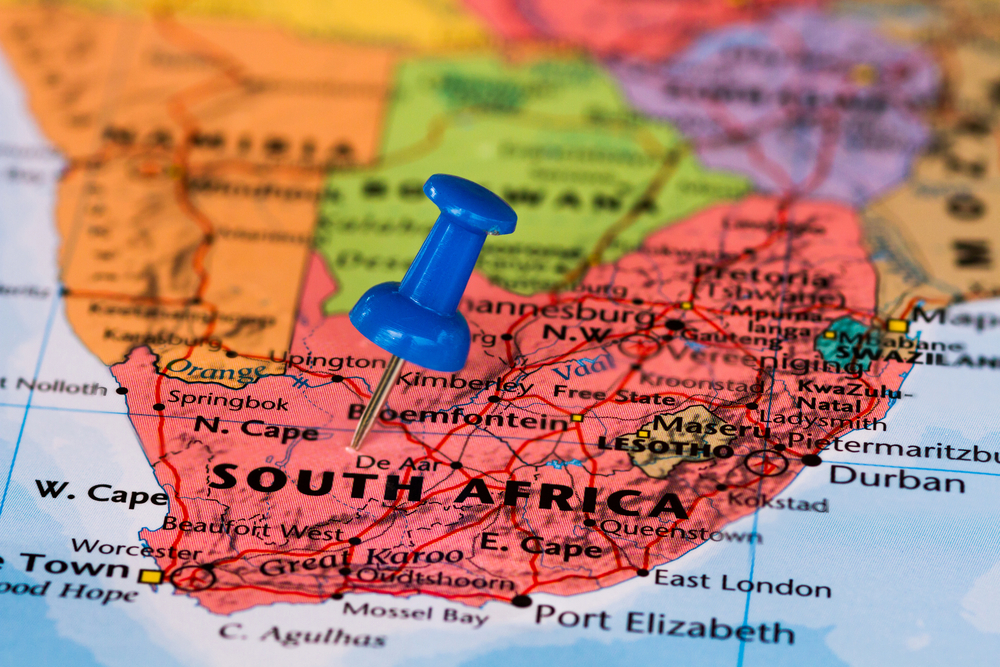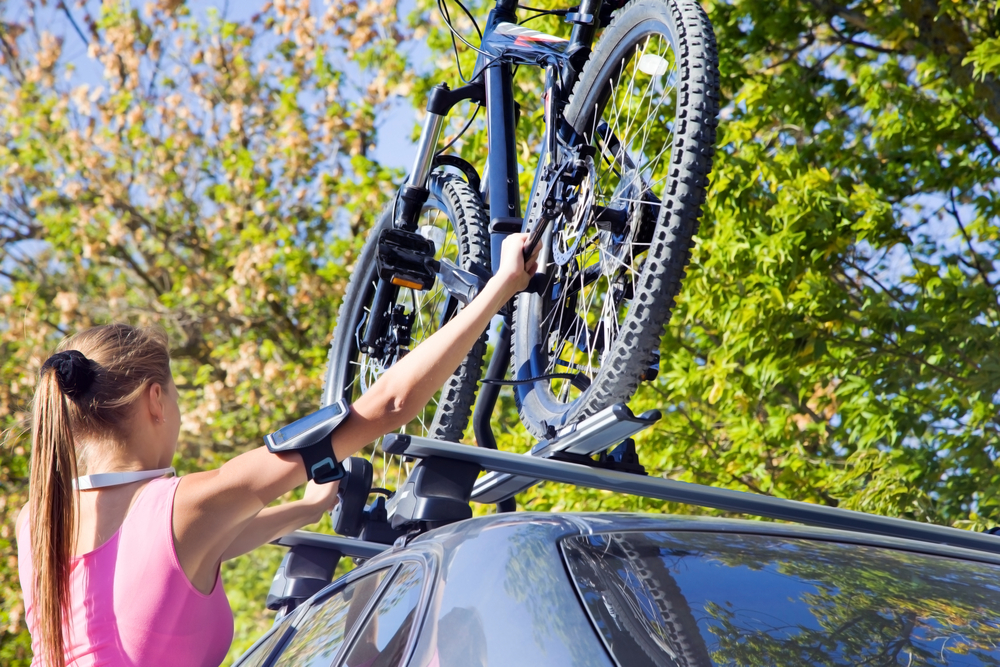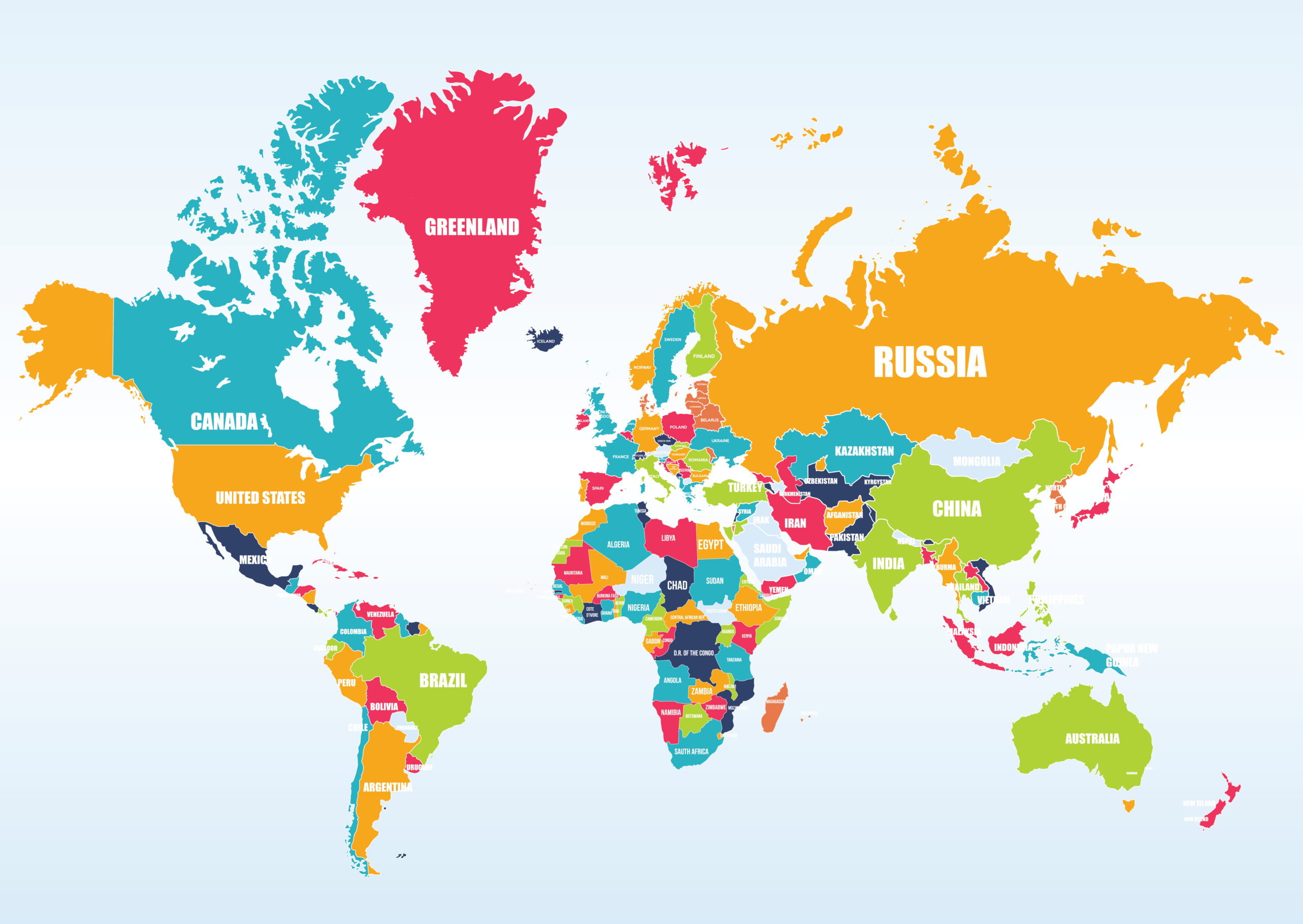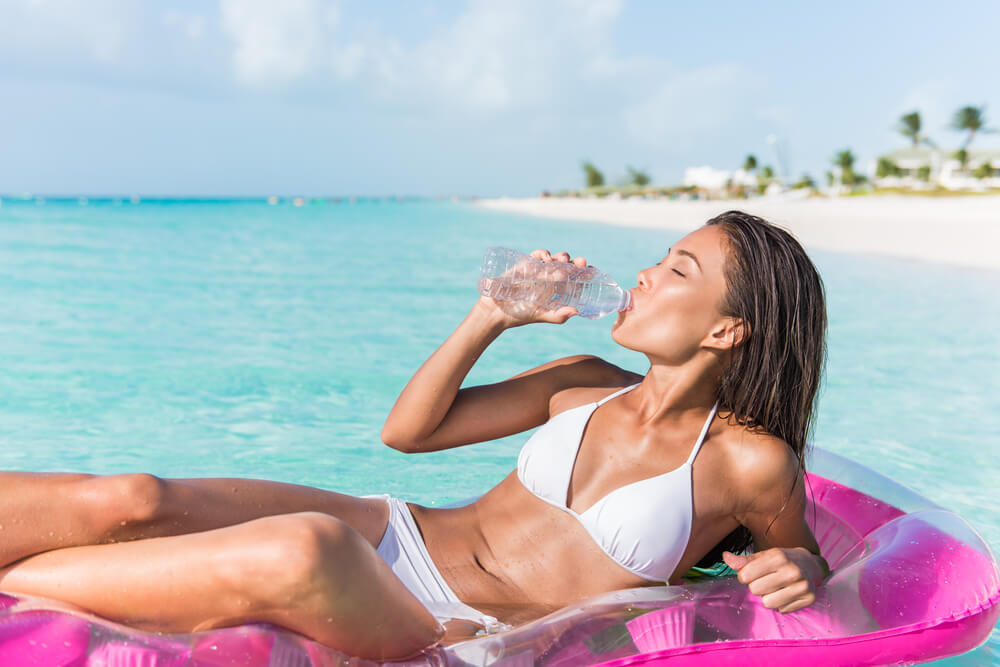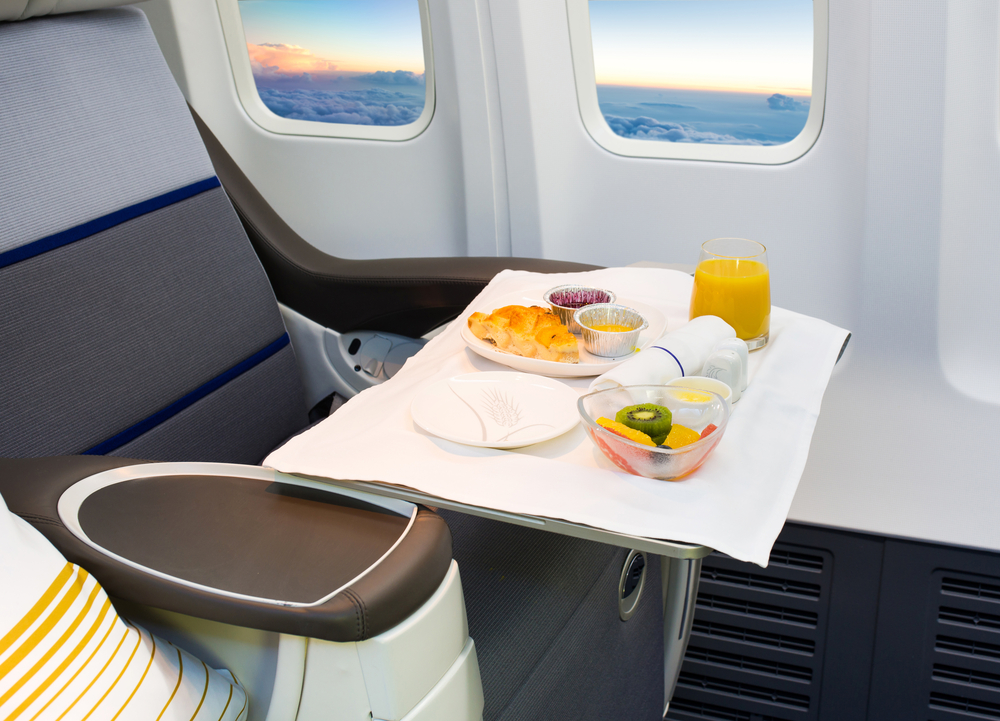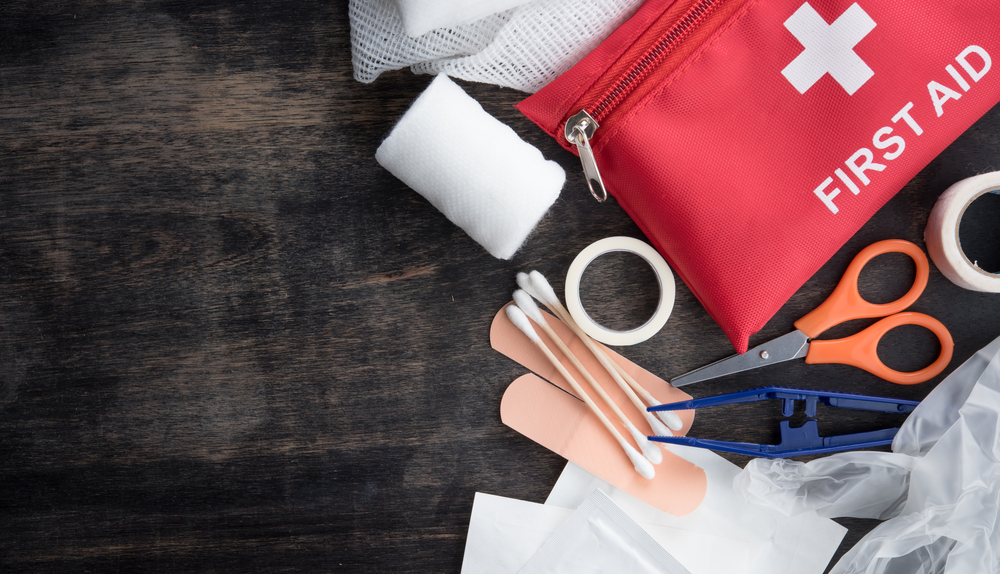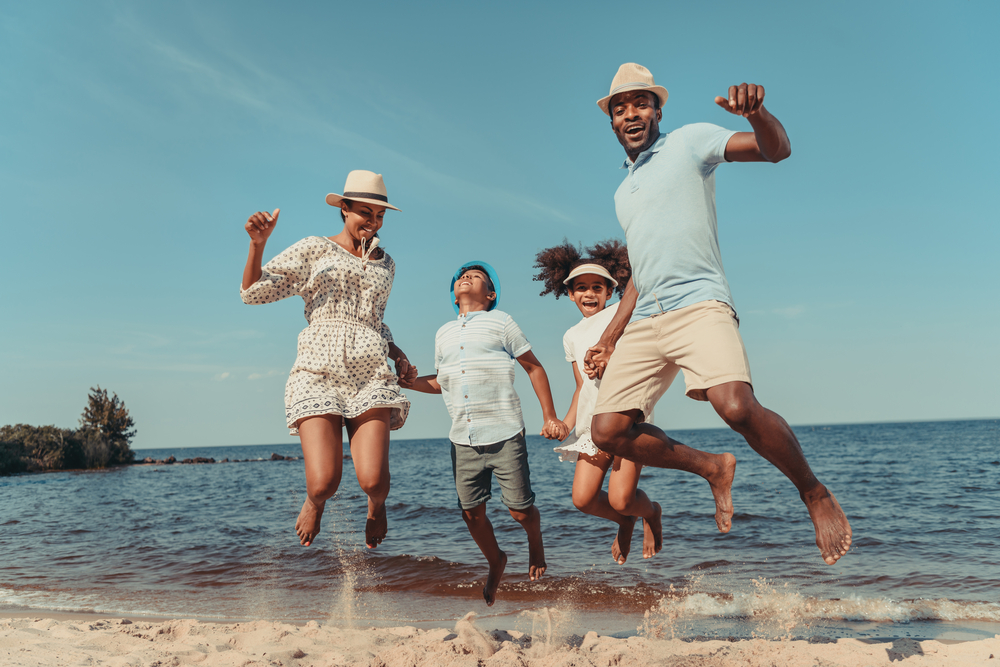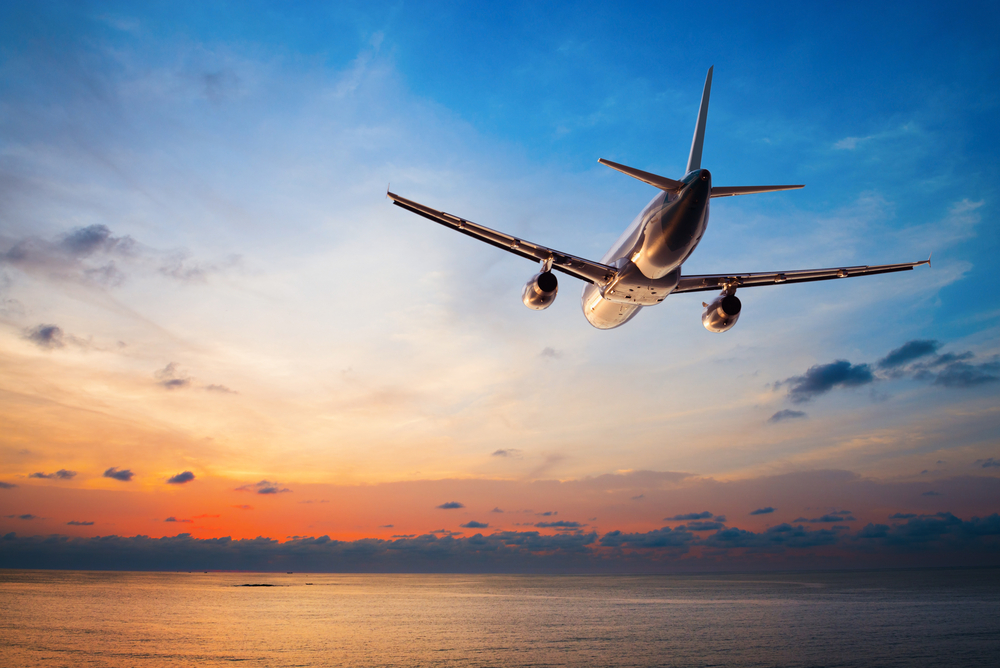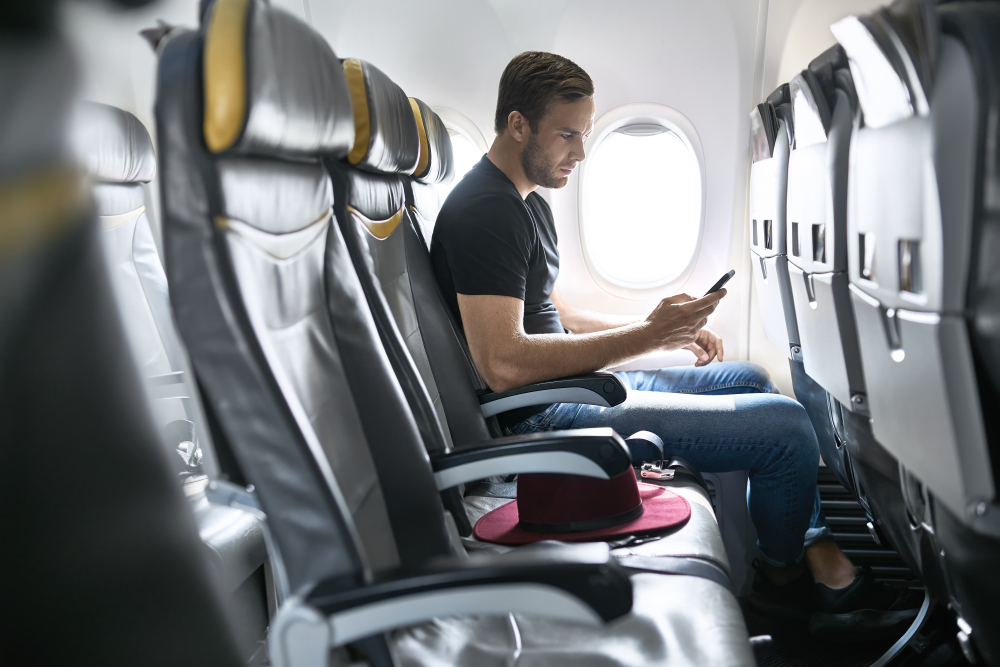5 Dream Destinations To Visit After Lockdown
Right now, all of us are going through a rather tough time. Isn’t it hard, sitting locked up in homes for over two months? While practicing social distancing, we have to rely only on online communications. Not surprisingly, you’re itching to move out of your house and also to visit dream destinations. Keeping such places foremost in your thoughts will certainly keep you going in this crisis. Here are 5 dream destinations to visit after lockdown: 1. Iceland A beautiful Nordic island nation, Iceland features diversity to the hilt! With hot springs and glaciers all in the same country, you’ll certainly enjoy the vivid contrasts of climate and geography here. For catching the mesmerizing Northern Lights, plan a trip to Iceland anytime between September and March. Spend some quality time in the world-famous Blue Lagoon, where you can relax in the piping hot ponds. It’s also worthwhile booking your stay at the hotel here, which provides free entry to the lagoon. Reykjavik, the island country’s capital is only an hour’s distance from the Blue Lagoon. You can take several, wonderful day trips from Reykjavik. For instance, the popular Golden Circle tour covers the spectacular, two-tiered Gullfoss waterfall, the fountain-type Strokkur geyser, and the historic Pingvellir National Park. Plenty of whales call Iceland’s shores home. So, get onto a whale-watching cruise, spotting these awesome creatures in the wild. Don’t miss out on the yummy Icelandic cuisine! Try the cheesy Skyr, fermented shark, fresh-made rye bread, and melt-in-your-mouth chocolates. You can also bake your rye bread on the earth! Yes, try it at the Fontana Hot Springs, where the heat generated from them helps in the baking. 2. Australia The world’s largest island, Australia is famous for its coral reefs, lush rainforests, and spectacular red deserts. Colloquially known as “Down Under,” this laidback continent is home to quirky wildlife, like the kangaroo and the platypus. Australia is also home to the Great Barrier Reef, an extraordinary natural wonder on earth. The Great Barrier Reef is home to around three thousand coral reefs. It also includes the scenic Whitsunday group of islands and astounding marine creatures. Dive and snorkel here to your heart’s content! You can also view the coral reefs here from glass-bottom marine vessels. Explore lively, multicultural cities like Sydney and Melbourne. Visit Sydney’s world-famous Opera House and its impressive steel arch Harbour Bridge. While visiting Melbourne, make sure to explore the Royal Botanic Gardens and the ancient Queen Victoria Market. Australia’s heart-and-soul called the Outback awaits you with its wide, open desert places. You can drive around this Australian backcountry for hours without meeting another vehicle. To complete the adventure, make sure you carry your camping equipment in your car’s roof rack cage. Camping overnight here below the glittering desert stars is something you’ll never forget! Visit the Outback’s top tourist attractions like the Ayer’s Rock and the Desert Park in the scenic, vibrant city of Alice Springs. 3. Costa Rica This [...]

